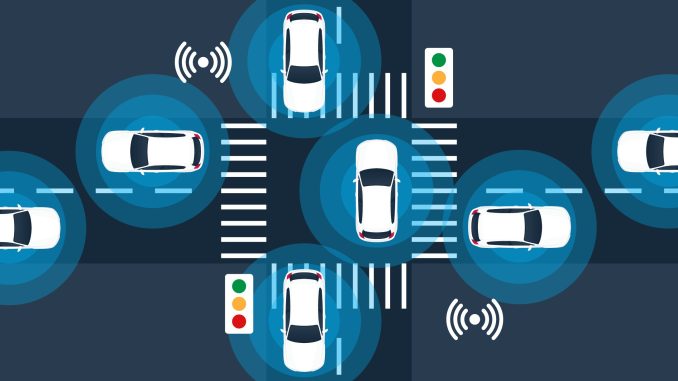
Telematics is reshaping the landscape of auto insurance, introducing a level of precision and personalization that was previously unattainable. At its core, telematics refers to the use of technology to monitor and transmit data about a vehicle’s movements, condition, and driver behavior. This data, collected through devices installed in vehicles or via smartphone apps, allows insurers to assess risk based on actual driving habits rather than relying solely on demographic proxies or historical averages. The result is a more dynamic and responsive model of insurance—one that rewards safe driving, encourages accountability, and aligns premiums more closely with individual behavior.
Traditionally, auto insurance underwriting has depended on broad categories such as age, gender, location, and vehicle type. While these factors offer a general sense of risk, they often fail to capture the nuances of how someone drives. Two drivers of the same age and car model might have vastly different habits—one may drive cautiously and rarely at night, while the other frequently speeds and commutes during peak traffic hours. Telematics bridges this gap by providing real-time insights into driving patterns, including speed, acceleration, braking, cornering, and even phone usage while driving. This granular data enables insurers to build a more accurate risk profile and tailor coverage accordingly.
One of the most visible applications of telematics is usage-based insurance, often referred to as pay-as-you-drive or pay-how-you-drive models. These programs allow policyholders to pay premiums based on their actual driving behavior. For example, someone who drives infrequently and avoids risky behaviors may enjoy lower rates than someone who drives aggressively or covers long distances regularly. This approach not only promotes fairness but also incentivizes safer driving. Drivers become more aware of their habits, knowing that their behavior directly influences their insurance costs. It’s a subtle but powerful shift from passive coverage to active engagement.
Telematics also enhances claims management. In the event of an accident, data from telematics devices can provide a detailed account of what happened—speed at impact, braking patterns, and location. This information can help insurers verify claims, reduce fraud, and expedite the settlement process. For policyholders, it means faster resolutions and potentially fewer disputes. For insurers, it translates into operational efficiency and improved customer satisfaction. The ability to reconstruct events with objective data adds a layer of transparency that benefits all parties involved.
Fleet management is another area where telematics has proven invaluable. Commercial insurers use telematics to monitor driver performance, vehicle maintenance, and route optimization. Businesses can identify risky behaviors, schedule preventive maintenance, and ensure compliance with safety standards. This not only reduces insurance costs but also improves operational efficiency and employee safety. For insurers, it provides a rich dataset to assess risk and offer customized solutions. The partnership between technology and insurance becomes a strategic asset, supporting both protection and performance.
Privacy concerns have naturally accompanied the rise of telematics. Drivers may worry about how their data is collected, stored, and used. Insurers must address these concerns with clear policies, robust security measures, and transparent communication. Consent is critical, and users should have control over their data. When handled responsibly, telematics can build trust rather than erode it. Many insurers now offer opt-in programs, allowing customers to choose whether they want to participate and benefit from potential discounts. This approach respects individual preferences while still promoting innovation.
The integration of telematics with other technologies is opening new possibilities. Artificial intelligence and machine learning can analyze telematics data to predict risk more accurately and identify patterns that might not be immediately apparent. For example, AI can detect subtle signs of distracted driving or fatigue, offering early warnings and preventive interventions. These insights can inform product development, customer engagement, and even public safety initiatives. As vehicles become more connected and autonomous, the role of telematics will only expand, influencing everything from underwriting to claims to regulatory compliance.
Regulators are also paying close attention to telematics, recognizing both its potential and its challenges. Standards around data usage, consumer rights, and transparency are evolving to keep pace with technological advancements. Insurers must navigate this landscape carefully, balancing innovation with compliance. Collaboration between industry stakeholders, regulators, and consumer advocates is essential to ensure that telematics serves the public interest while supporting business goals. The conversation is ongoing, but the direction is clear: telematics is here to stay, and its influence will continue to grow.
Ultimately, the role of telematics in auto insurance is transformative. It shifts the paradigm from generalized risk assessment to individualized insight. It empowers drivers to take control of their premiums and encourages safer behavior. It streamlines operations and enhances customer experience. And it lays the groundwork for a more connected, responsive, and data-driven insurance ecosystem. For insurers willing to embrace this change, telematics offers not just a competitive edge but a chance to redefine what it means to protect and serve in the modern age.